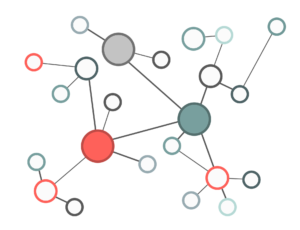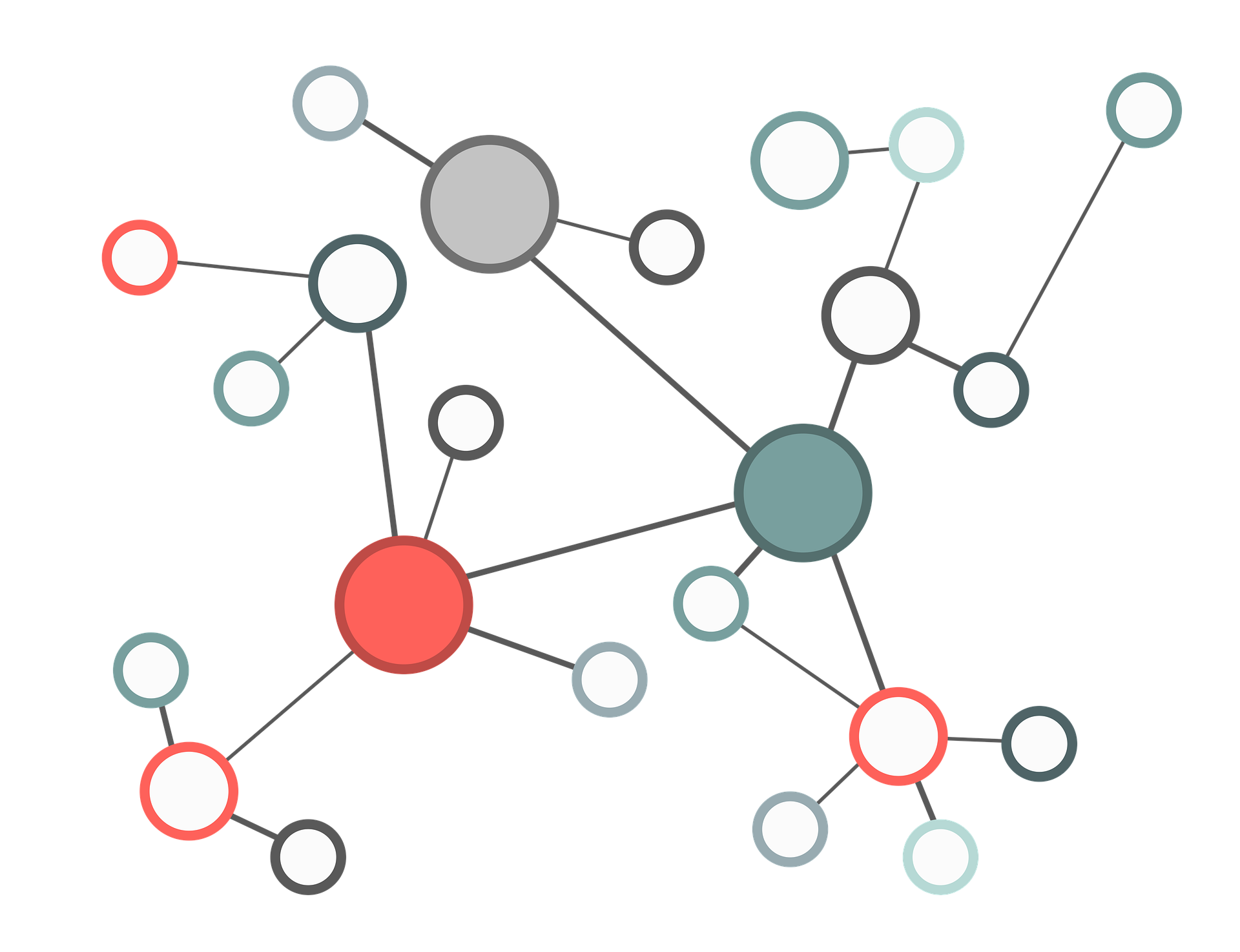
TL;DR
In the last post, we brainstorm test ideas without taxonomy on a real example, and then we analyzed the session report using SF DEPOT software testing taxonomy. The idea was from this excellent paper: Bug Taxonomies: Use Them to Generate Better Tests [Vijayaraghavan, Kaner]. We try to explain secret mind mapping mechanics that help us in software testing in today’s post. Many thanks to Marcel, who sublimed this great resource on his blog, That’s the buffet table.
Our Memory
Mind Maps were created in the late 60s by Tony Buzan. The initial idea was to help students creating lecture notes with only keywords and images. The idea proved that we can easier review and remember such notes due to their visual quality. Peter Russel joined Tony in teaching students how to effectively create mindmaps. Our memory is associative, not linear. Any idea in our brain has a great number of links to other topics and ideas. Mind Maps help us to create and reinforce such associations and links.
The Tool
To start with Mind Mapping for free, we suggest you try MindMup created by Gojko Adzic.
Software Testing Taxonomies
Mind maps are the perfect fit for taxonomies because taxonomies are highly branched collections with non-linear and associative categories and subcategories. It is easier to create a taxonomy, and by reviewing the mind map of taxonomy, we create more efficient failure modes for each category.
To refactor a mind map, we just move/edit/delete/add branches and subbranches. Bird view to whole Mind Map (zoom in/out) is an excellent feature that helps us with mind map refactoring.
Conclusion
Using mind maps, we could still miss important bugs, but doing retrospectives with mind mapped taxonomy is much easier and more effective.



